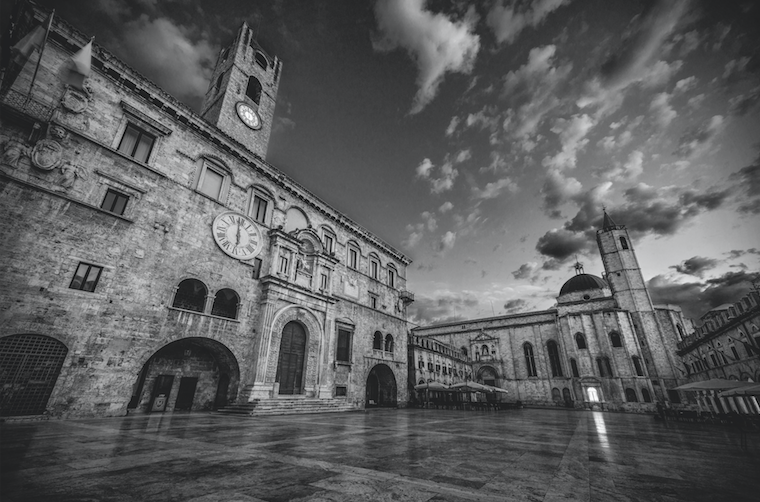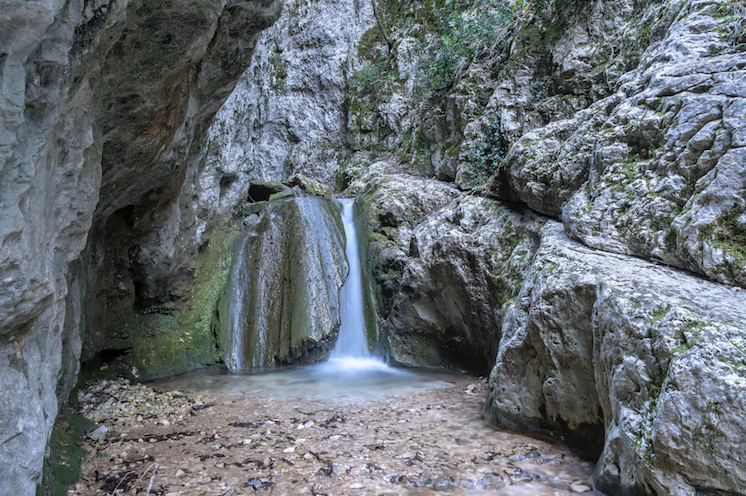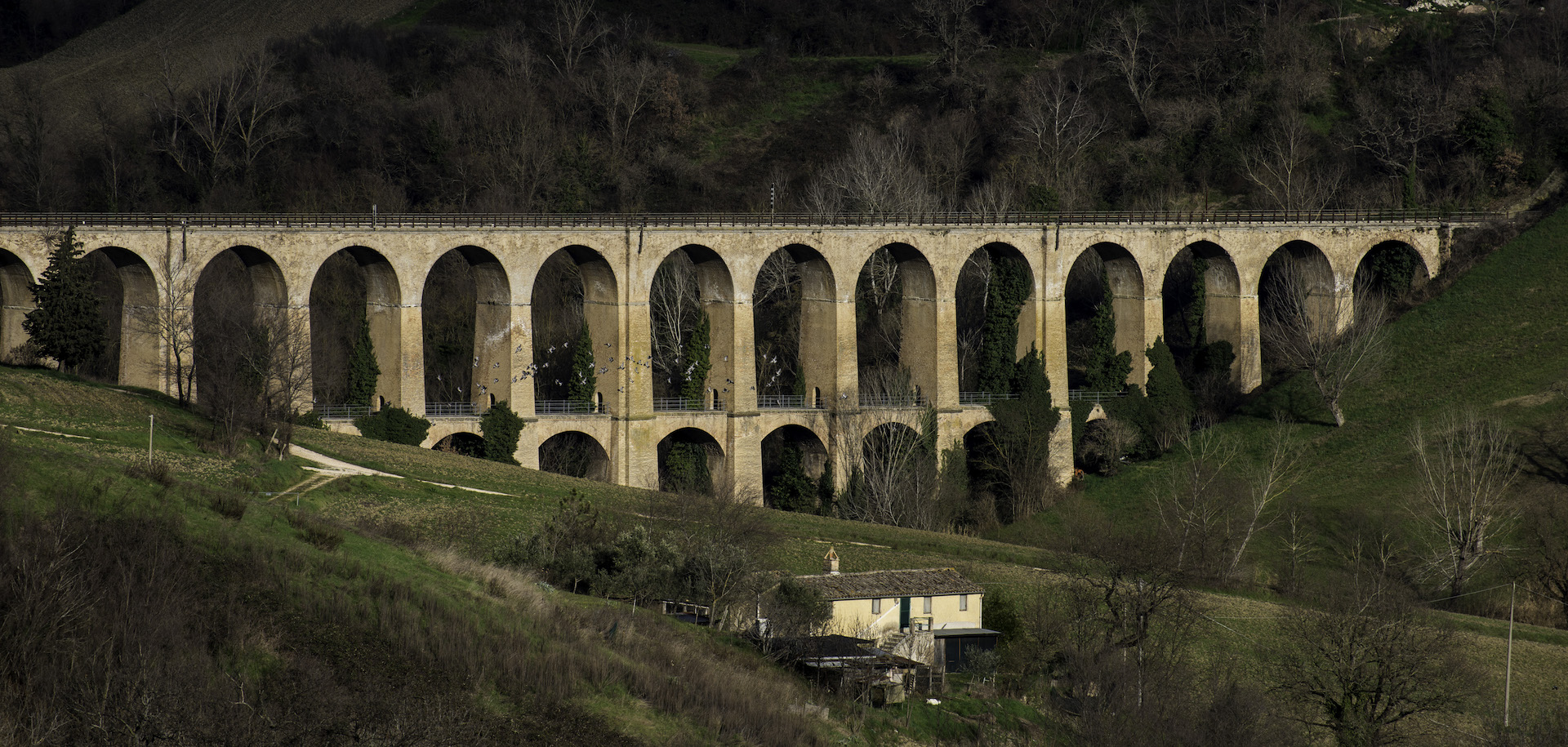Historical gardens in Marche
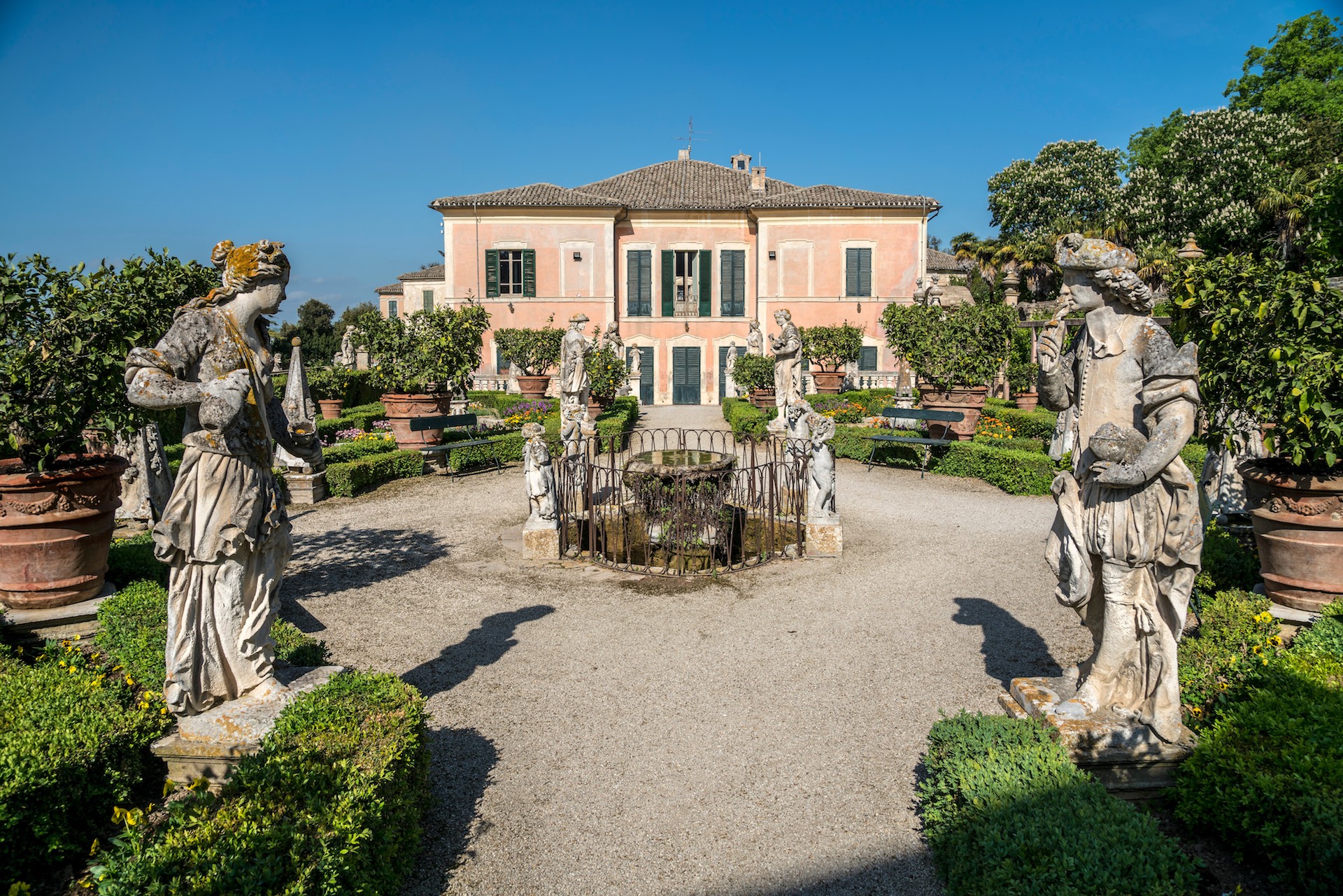
Region Marche boasts a rich “green patrimony”, which is distributed between public and private entities. Within this patrimony gardens stand out. Spread everywhere in the region, they can be visited in every season but are especially appreciated in springtime, when Nature reawakens. They are places rich with history and charm, where trails and luxuriant hedges twist and turn, and offer unique shows and unmatched perfumes in a unique sensorial path. They are also an ideal location to lovers of photography, as well as for the celebration of events, and a place where one can walk lost in a reading or in the admiration of places which shall leave a long-lasting mark in his memory.
Villa Caprile
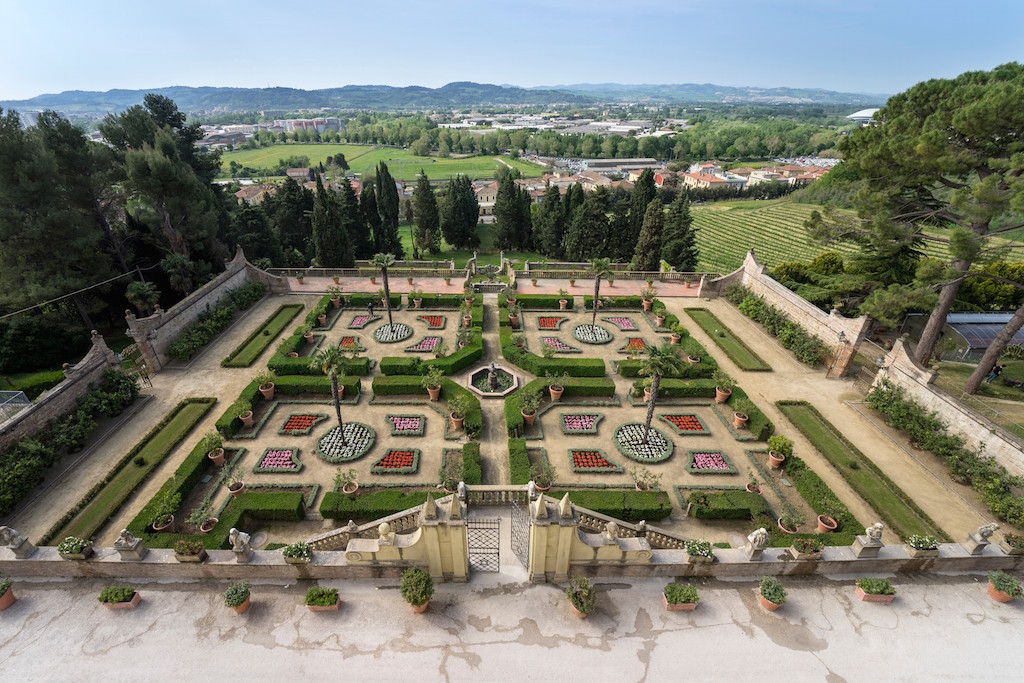
Also called “The little Italian Versailles”, Villa Caprile is a few kilometres away from Pesaro. It is a lavish place, where visitors get lost in the midst gardens crowded with statues, fountains and water games. It consists of three terraces connected to each other by stairways: on top there are the water games, then the orchards and finally a level dedicated to aromatic herbs.
The origin of the Villa dates back to 1640, when marquis Giovanni Mosca made it his summer and leisure residence. It got its current look when Carlo Mosca and his son Francesco enlarged it, making the garden its most important part. In 1925 it was surrendered to the provincial administration of Pesaro-Urbino; nowadays it hosts the “Antonio Cecchi” Technical Agrarian High School. Lovers of beauty cannot avoid visiting this beautiful 18th century structure, which abounds with such funny surprises as water spurts who unexpectedly hit visitors, who are charmed by a surprising and elegant context filled with green.
Villa Mancinforte
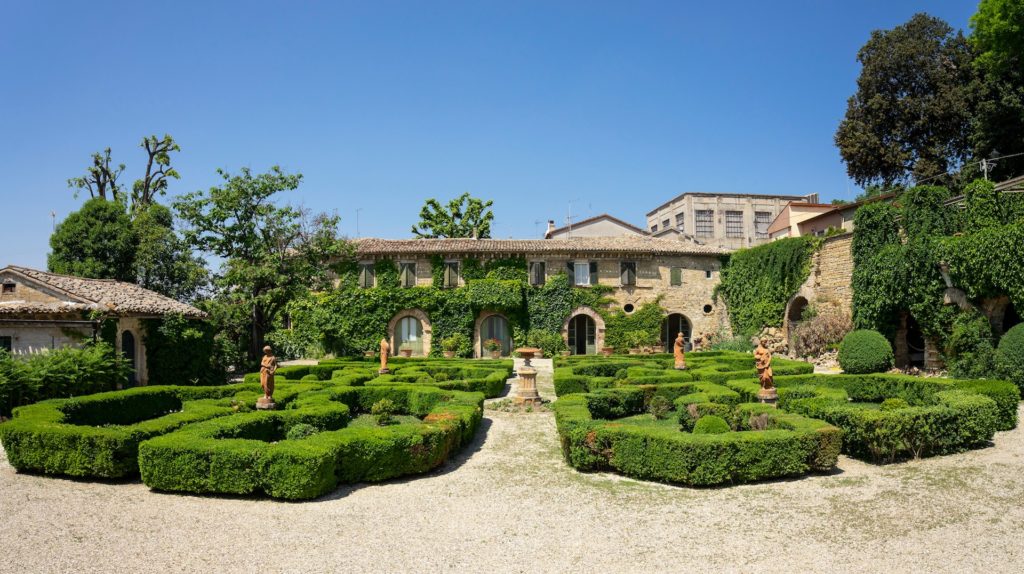
Manciforte Palace is in the historical centre of Camerano, in the Province of Ancona. It is a very large architectural structure which once belonged to the namesake family. Buildings behind it face most ancient gardens, originating from a monastic vegetable garden. From there, a tunnel leads to the wood, which is now a public park too.
Gardens underwent improvements wanted by marquise Gabriella Mancinforte. Based on an embellishing project, neoclassic-like terracotta statues were placed there along with flowerbeds, porticos and flowery arcades. The wood is rich with shrubs and tall trees, some of which are centuries-old. It bears a remarkable landscape importance, and from there a splendid panorama can be admired, facing the Boranico valley and the city of Ancona. The undergrowth blossoming adds its charm to the peaceful and relaxing atmosphere of the place.
Villa Buonaccorsi
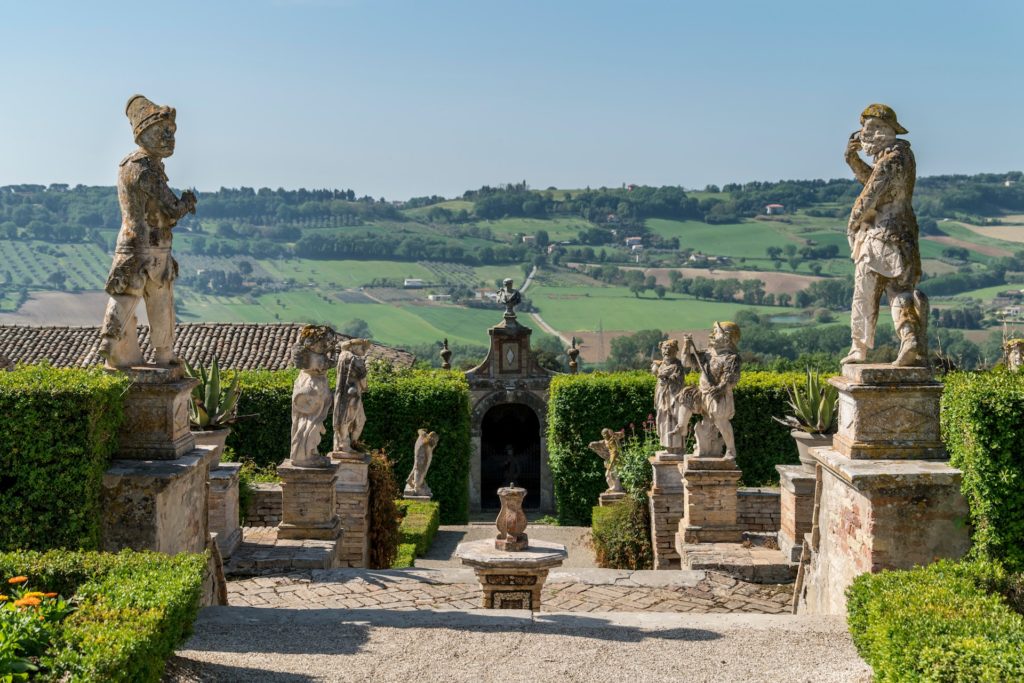
Villa Buonaccorsi, in the municipality of Potenza Picena, Province of Macerata, raises on the location of an ancient fortress dating back to the 16th century. Originally the summer residence of a powerful family from Macerata, it was then enlarged by adding new buildings, but its uniqueness lies in the magnificent garden, created around 1720, is one of the most beautiful in the world and is famous abroad because it perfectly keeps its 18th century style. Behind a wall, which separates it from the garden, expands a thick wood, adorned with an artificial lake and with a little mountain wherefrom one can even see the sea.
On the garden’s south side, repaired terraces were created where citrus trees were cultivated into large terracotta vases. Terraces are five, each bearing its peculiarities. There one can admire rare plants in greenhouses, statues which animate as water flows, barrels which were filled with wine from the surrounding hills, caves, recesses and innumerable flowerbeds. The suggestive place is very appealing as a location for weddings, dinners and meetings as well as for visits to the garden. In the summertime, theatre and music shows are performed there.



DCIM\100MEDIA\DJI_0077.JPG
Villa Baruchello
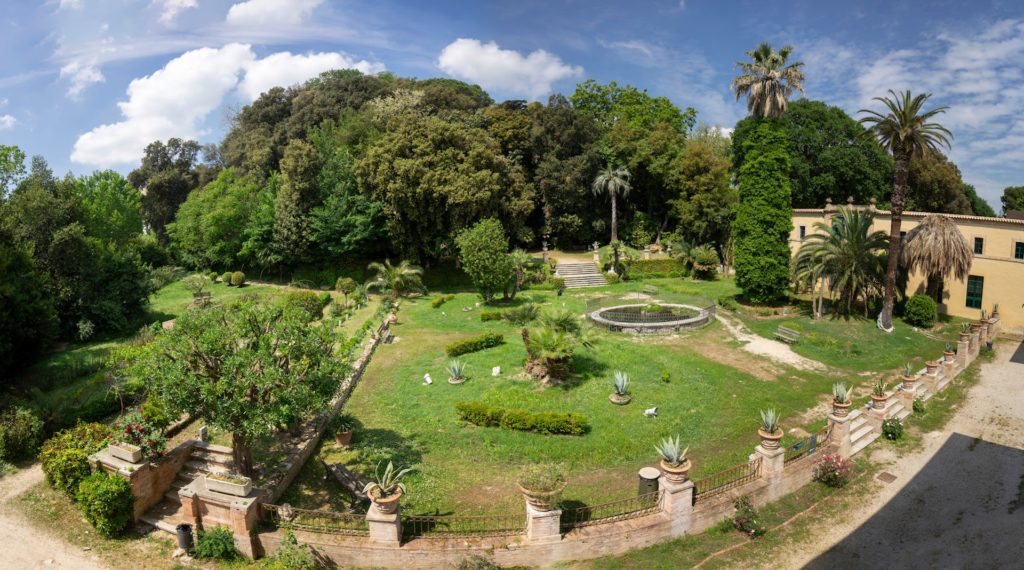
Villa Baruchello is located in the city centre of Porto Sant’Elpidio, a town belonging to the province of Fermo. Built in the 18th century, the place underwent many transfers of ownership: it also belonged to the Bonafede family, before entering in 1980 the patrimony of the City administration and the location of theatre and music shows as well as of festivals. It is also called “Fonteserpe”, because according to some historians the villa raises on the ancient location of Fonte Serpe creek.
It boasts a wonderful park, partly a garden and partly a wood. One gets to the villa by travelling along a path adorned with majestic holly oaks. The inner part of the garden is enriched with such precious plants as Canary palm trees, dwarf palm trees and Washingtonias, and even the most rare coconut palms, and with a round fountain which in the summertime is filled with water lily flowers. On the bottom of the garden, a stairway guarded by two Carrara marble sphinxes introduces to a little oriental-like oasis. The villa’s position makes it easily accessible, so that enjoying its peculiarities and its peaceful atmosphere is quite easy.
Villa Seghetti Panichi
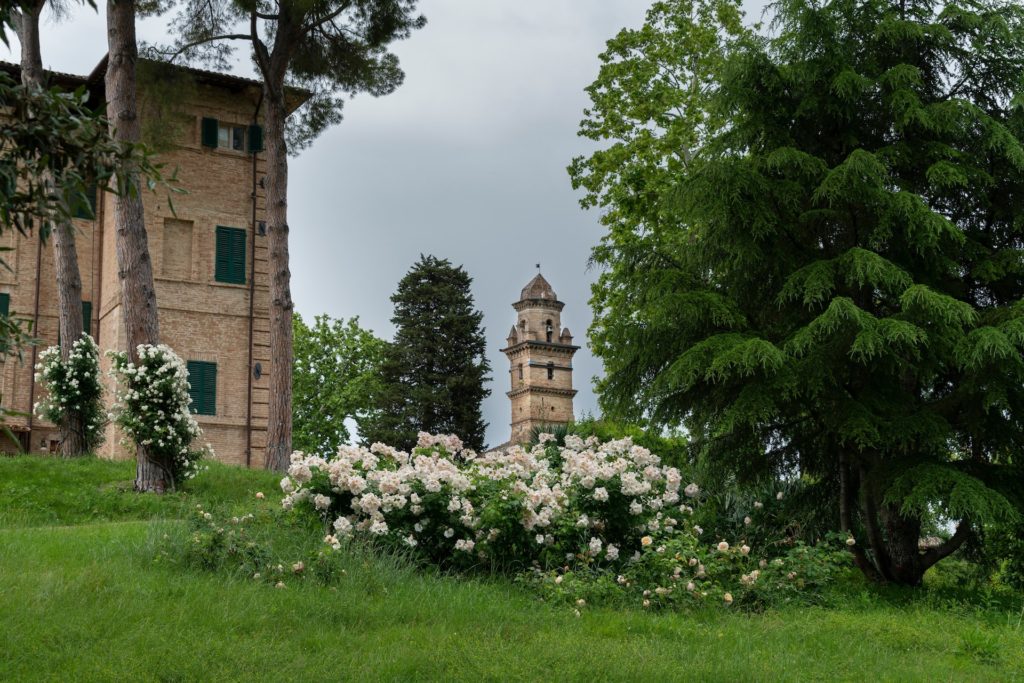
Villa Seghetti Panichi rises high on a hill in the municipality of Castel di Lama, in the province of Ascoli Piceno. It was originally built as a fortress. At the end of the 17th century it was transformed and embellished by adding the main stairway and a majestic access gallery. At first the villa was not equipped with a garden, which was only created around 1895 by a designer from Ventimiglia who placed rare palm trees and exotic plants around a romantic lake adorned with water lilies and a statue representing Venus and Eros.
The park is also known and appreciated due to its “bio-energetic” powers, i.e. because of the healthy effects produced by walking along the paths flanked by a variety of plants. Villa Seghetti Panichi is nowadays a most loved location not just for the celebration of weddings and events but also for the simple pleasure of enjoying the beauty of nature, maybe sipping an infusion of natural herbs or a restoring aperitif.
by E. Seri















